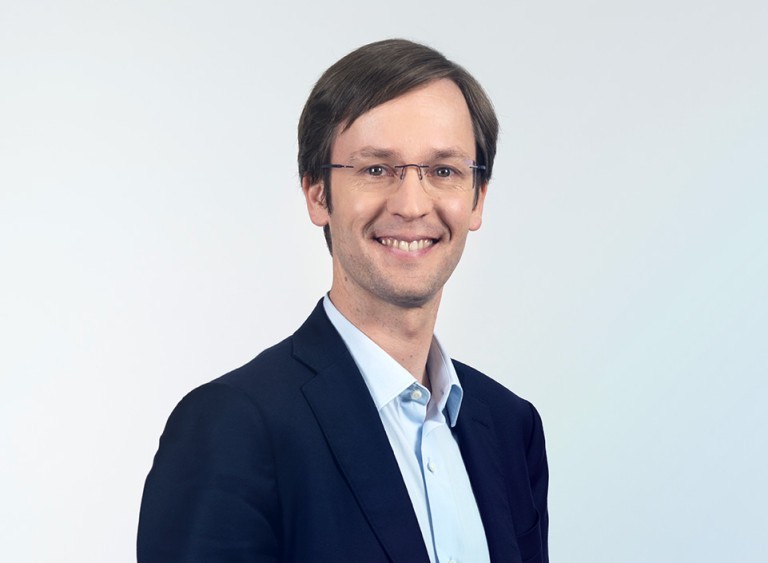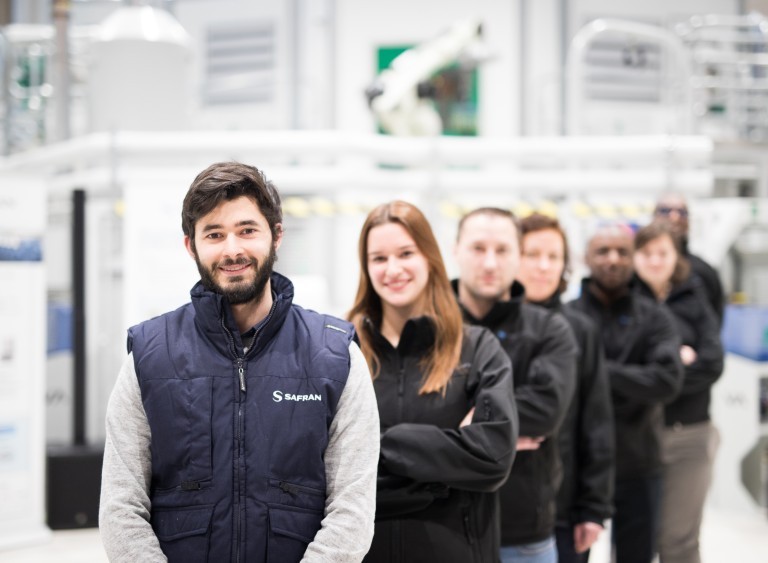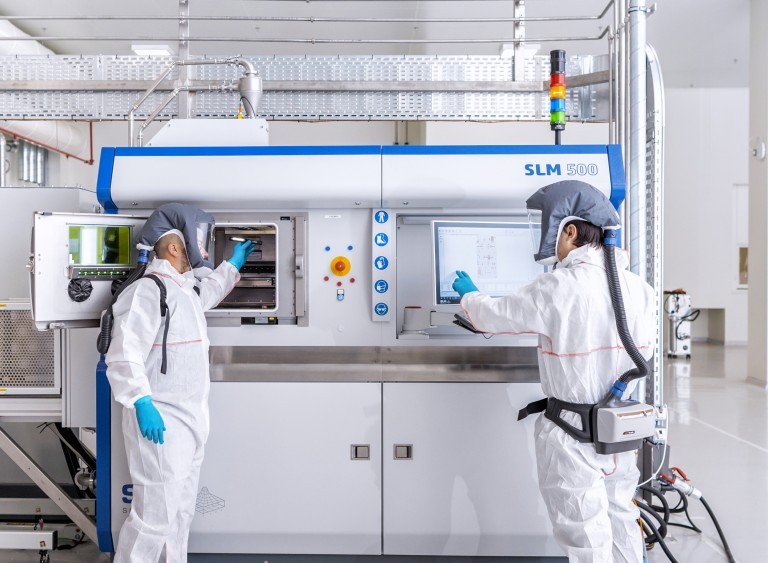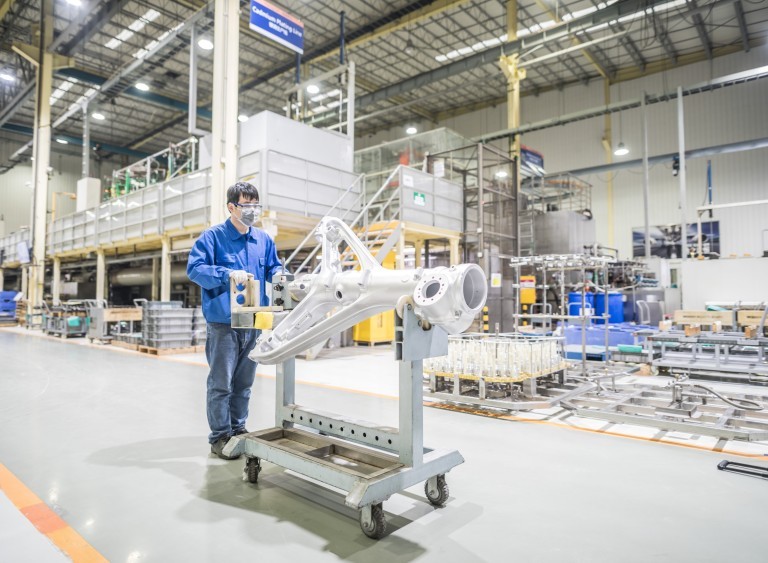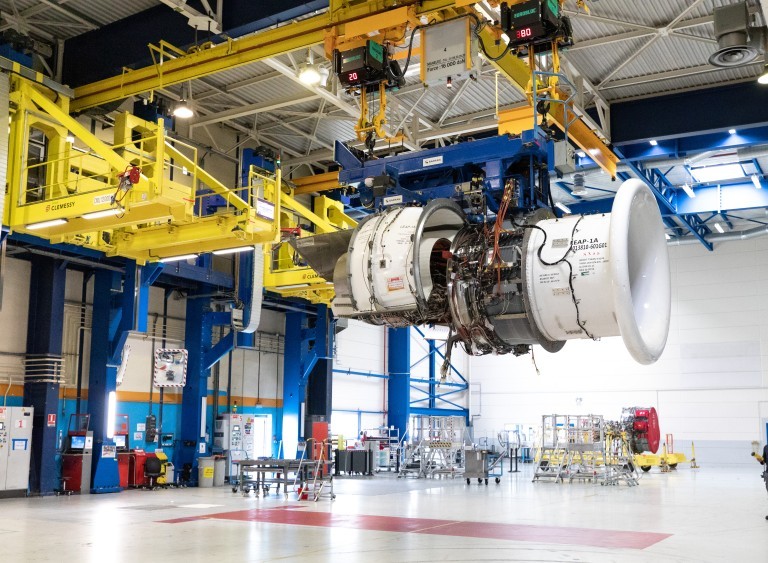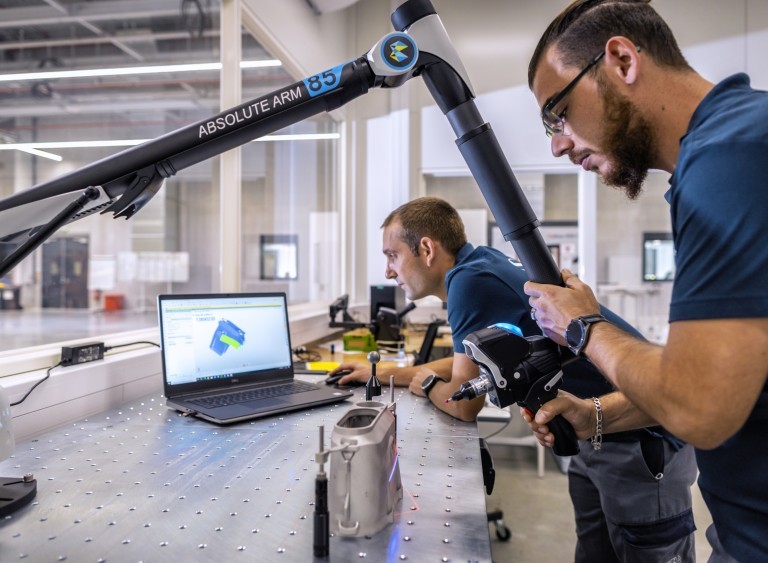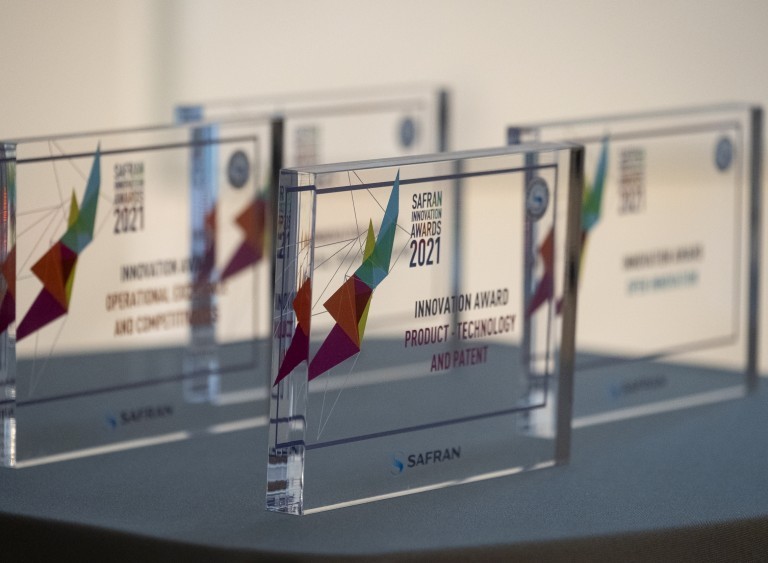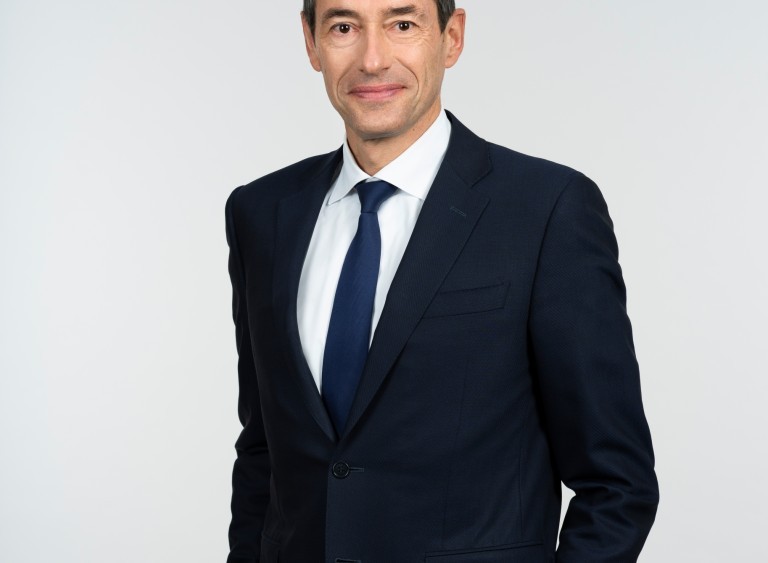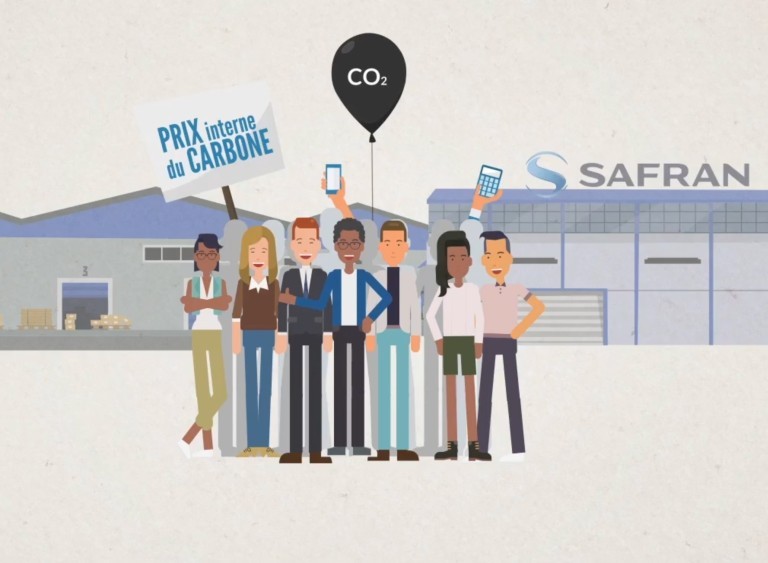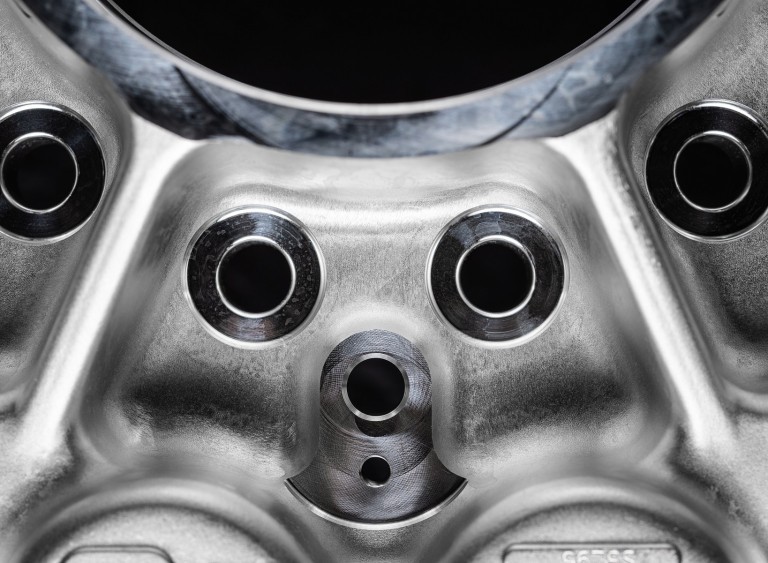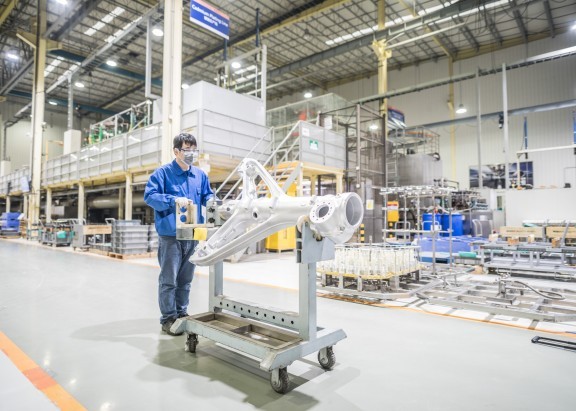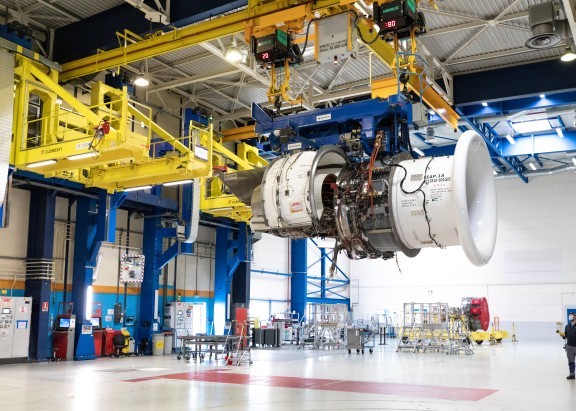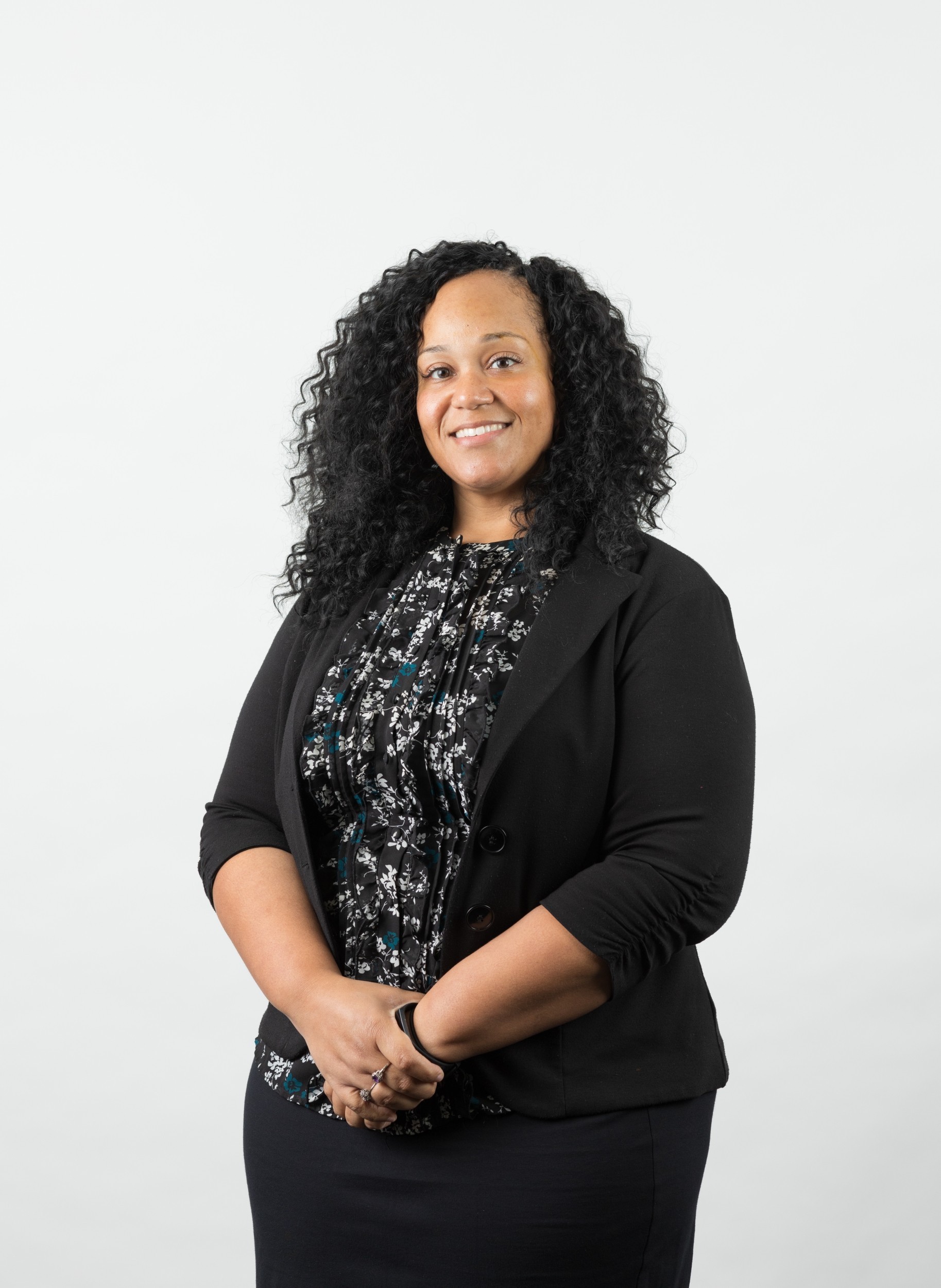
Janelle Bronaugh
Janelle Bronaugh, Safran Electrical & Power's new HSE manager in the United States, presents her job and the actions underway at Safran Electrical & Power, while shedding light on the challenges of global warming in the United States.
- Connection
- Photo Report
- Perspective
- At a glance
anelle Bronaugh has been working with Safran for almost five years now, as Health, Safety and Environmental (HSE) manager for both Safran Electrical & Power North America as well the local Sarasota, Florida, site. As of October 2021, she is Safran Electrical & Power’s new HSE director, also carrying the low carbon project. She shares her vision with us.
What are your priorities after your nomination as HSE director and low carbon project manager?
Janelle Bronaugh: My biggest challenge is acclimating myself to many different sites with differing cultures, languages, and perspectives, and navigating this task through a pandemic.
Within Safran Electrical & Power, we are tackling many projects simultaneously: injuries and illnesses, risk assessments, psychosocial risks, training and onboarding, regulatory compliance, HSE Standards and audits, Low carbon projects, and the newest addition, Corporate Social Responsibility, to name a few topics. It can sometimes feel overwhelming! But we keep on going, knowing that we are making a difference and helping keep our colleagues safe.
Low carbon is of course, a crucial component of the above-mentioned topics. With climate change being one of the main worldwide issues, Safran Electrical & Power is taking the necessary steps to ensure the reduction of our carbon footprint, in line with Safran’s commitment to reducing its carbon footprint by 30% by 2025. For our company, it means reducing our footprint by 10,000 tons by 2025.
How do you apprehend the issue of low carbon and the need to reduce our emissions as a US citizen and a Safran team member?
J. B.: For the last 25+ years, all sectors in the global economy, including manufacturing, agriculture, power production, etc. have been major contributors to global warming. I remember when I was in college completing my masters in Environmental Health in 2013, I took several Environmental & Sustainability classes focusing on greener and more sustainable solutions for the future. Therefore, the idea of protecting the environmental is not a new topic, and has been a focus for almost a decade now in the USA.
The Climate Agreement approved in Paris in December 2015 represented a significant historic step in the right direction for the preservation of our planet, and more and more large corporations are supporting the pact and making the necessary changes. This agreement forced corporations and consequently government to take an invested interest in the issue. For example, the US Department of Energy (DOE) funded research initiatives for several universities to work with local companies in their area to lower their carbon footprint. Safran Electrical & Power was one of its beneficiaries and jointly led onsite energy surveys at several of its sites.
More precisely, how do you set up an efficient organization to drive low carbon initiatives? Can you share the first results?
J. B.: Since my arrival to Safran in 2017, I have challenged my North America sites to reduce their carbon footprint. Each site had annual objectives to complete Lean Green projects ranging from hazardous waste reduction to LED lighting projects. Then, beginning in 2019, Safran Electrical & Power joined with local stakeholders to complete energy surveys in the majority of our Safran Electrical & Power locations worldwide.
The creation of Low Carbon Project Managers in 2021 helped reach a new level. These project managers are leading the low carbon efforts for the sites within their division through meetings, training, sharing best practices, etc. Each Project Manager was asked to review overall site processes, facility design, infrastructure, and day-to-day activities in order to identify low carbon projects and best practices.
Some concrete actions have already paid off! Our Corporate Supply Chain began contacting global paper product suppliers and requesting the use of only recycled material (printing paper, etc.). Additionally, the Safran Electrical & Power sites have been tasked with reducing packaging material used in our plants, several locations are participating in the PPA (purchase power agreement), and others have started researching alternative energy methods, in which our Pitstone plant has successfully implemented an alternative wind energy solution for their plant.
In total, the company has already saved 3,800 tons of carbon, and other actions are coming in 2022!
Last but not least, do you have pieces of advice to share with our readers on how to embark and motivate team members?
J. B.: The main way to embark people is to make participation fun! You engage team members through fun activities and prizes. Get them excited and get them interested. Do safety raffles, competitions, or even games focused on low carbon efforts. For example, our Chihuahua ISA site recently hosted a Health Fair where they focused on Low Carbon efforts. Children of team members even participated in an enjoyable activity where they were able to draw environmental best practices to reduce carbon footprint. Top drawings were selected for a prize and will be reviewed by the local STEERCO to possibly implement at the site level. Team members also identified a great number of environmental improvement ideas through various initiatives and a Recycling Competition was organized within the plants. Excited team members will be engaged team members. Engaged team members are motivated to work and make changes!

